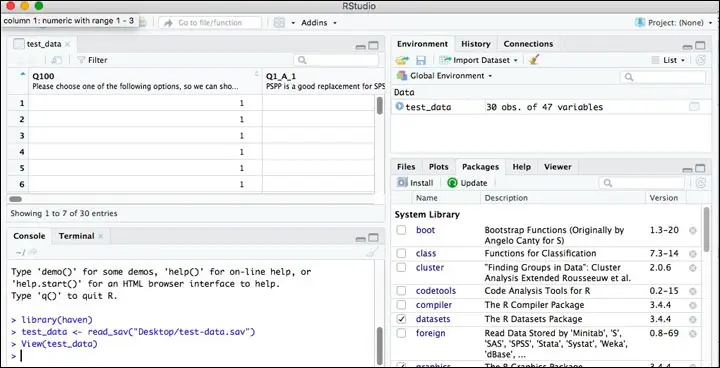G Power Analysis Tool For Mac
- G Power Analysis Tool For Mac Shortcut
- G Power Analysis Tool For Mac Pro
- G Power Analysis Tool For Mac Download
- G Power Analysis Tool For Mac Os
Analyze different types of power and compute size with graphics options.
Statistical power is a fundamental consideration when designing research experiments. It goes hand-in-hand with sample size. The formulas that our calculators use come from clinical trials, epidemiology, pharmacology, earth sciences, psychology, survey sampling. Basically every scientific discipline. ETAP is a powerful, user friendly and easy to use tool with trusted output data and calculations. We are very satisfied with ETAP’s performance; it is one of the major tools that we are using, ETAP is a great help in running and performing complex analysis on our power system especially our Transmission system.
- Data analysis software for Mac and Windows. JMP is the data analysis tool of choice for hundreds of thousands of scientists, engineers and other data explorers worldwide. Users leverage powerful statistical and analytic capabilities in JMP to discover the unexpected. Try JMP free for 30 days.
- This video illustrates how to calculate power for a Pearson correlation coefficient. We look at the sample size required to get a desired power level (.80 is.
G Power Analysis Tool For Mac Shortcut

G*Power is a statistical power analysis program designed to analyze different types of power and compute size with graphics options. It covers many different statistical tests of the F, t, chi-square, and z test families as well as some exact tests.
G*Power provides improved effect size calculators and graphics options, it supports both a distribution-based and a design-based input mode, and it offers five different types of power analyses. G*Power is free.
Changed the behavior of the 'X-Y plot for a range of values' which allowed plotting graphs after changing input parameters in the main window without hitting the 'Calculate' button which, however, is required to update the 'X-Y plot for a range of values' with the new input parameters from the main dialog.
